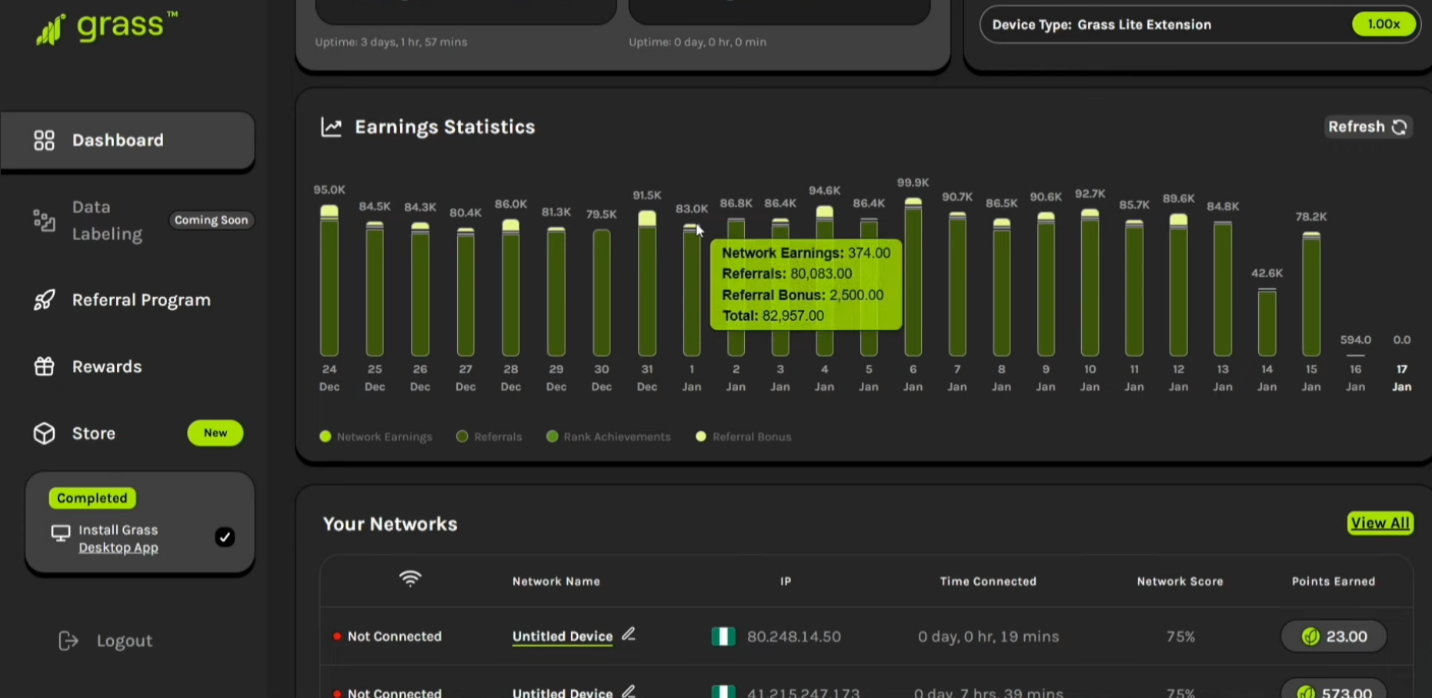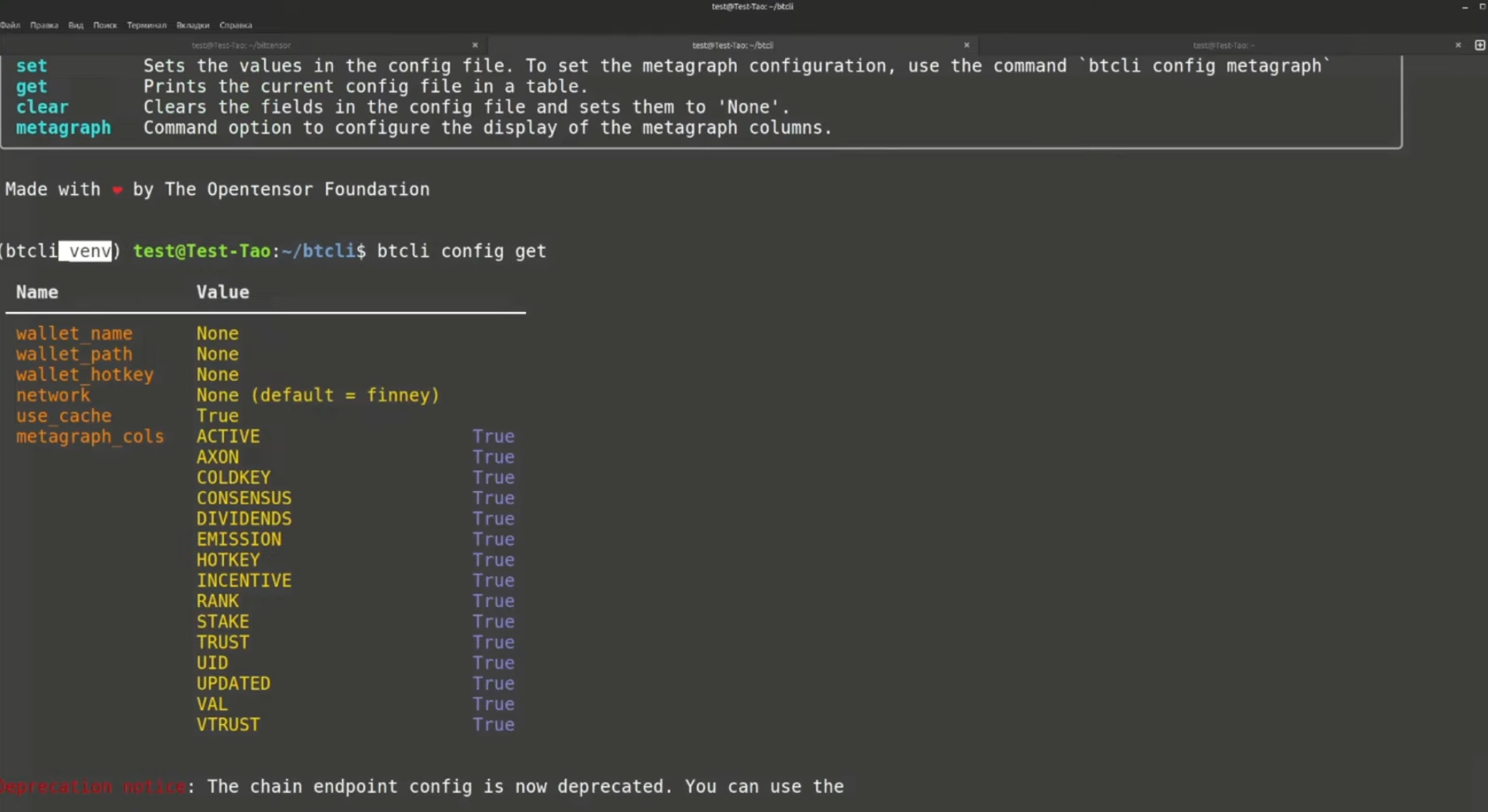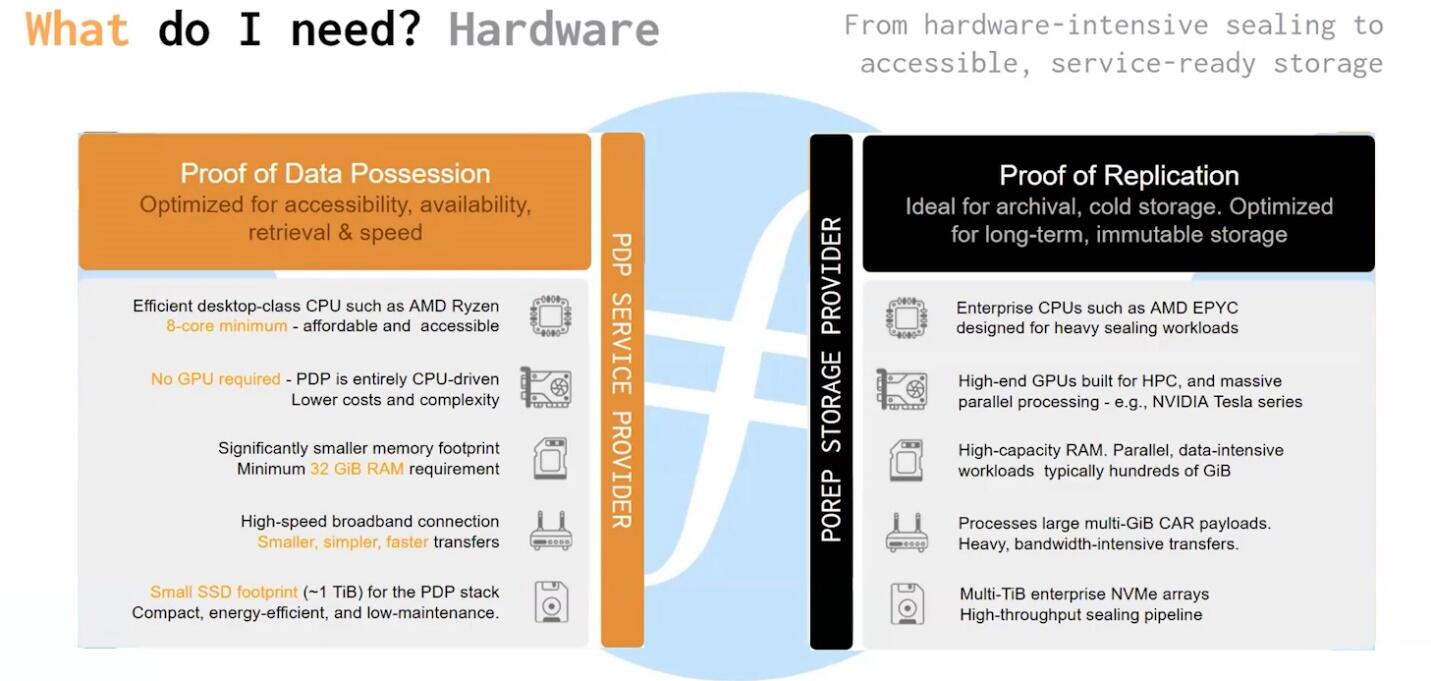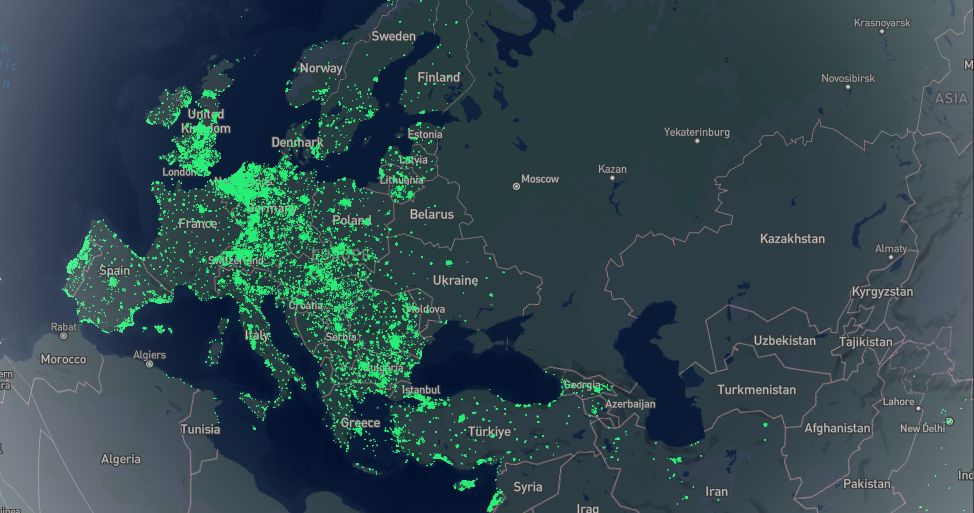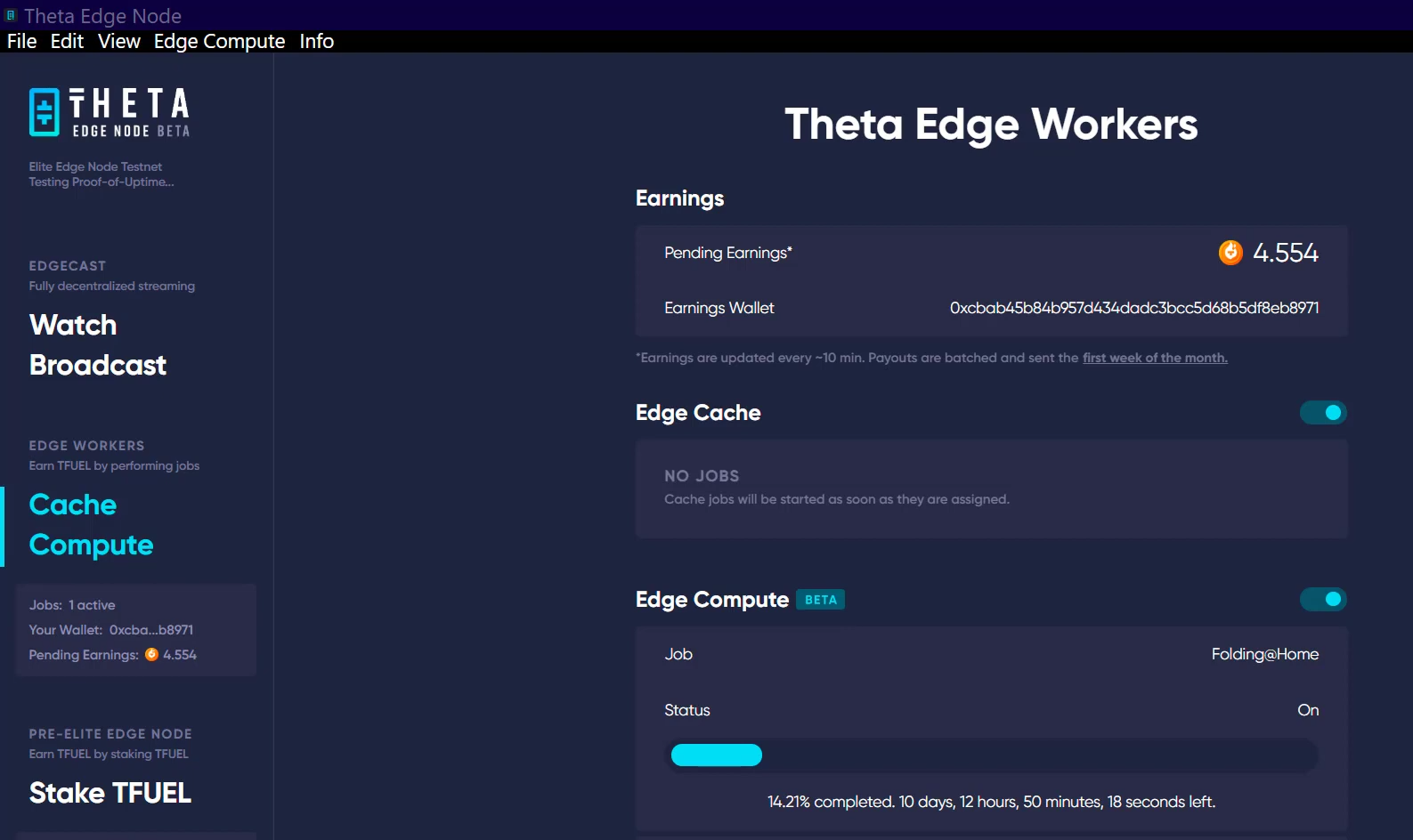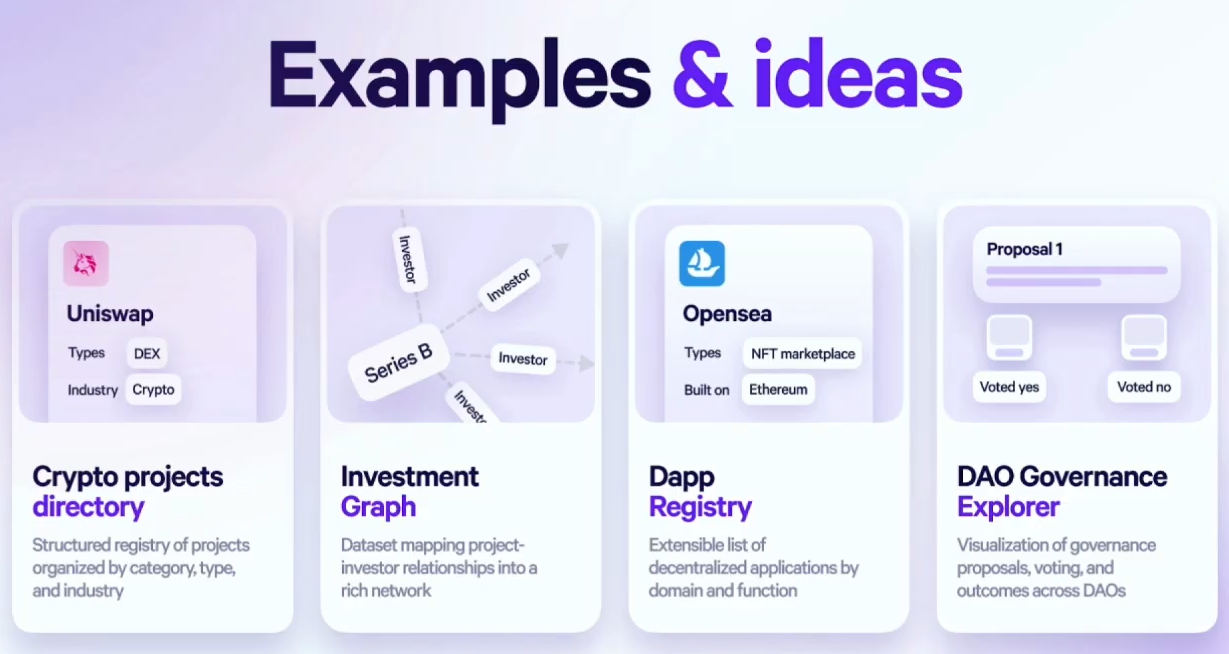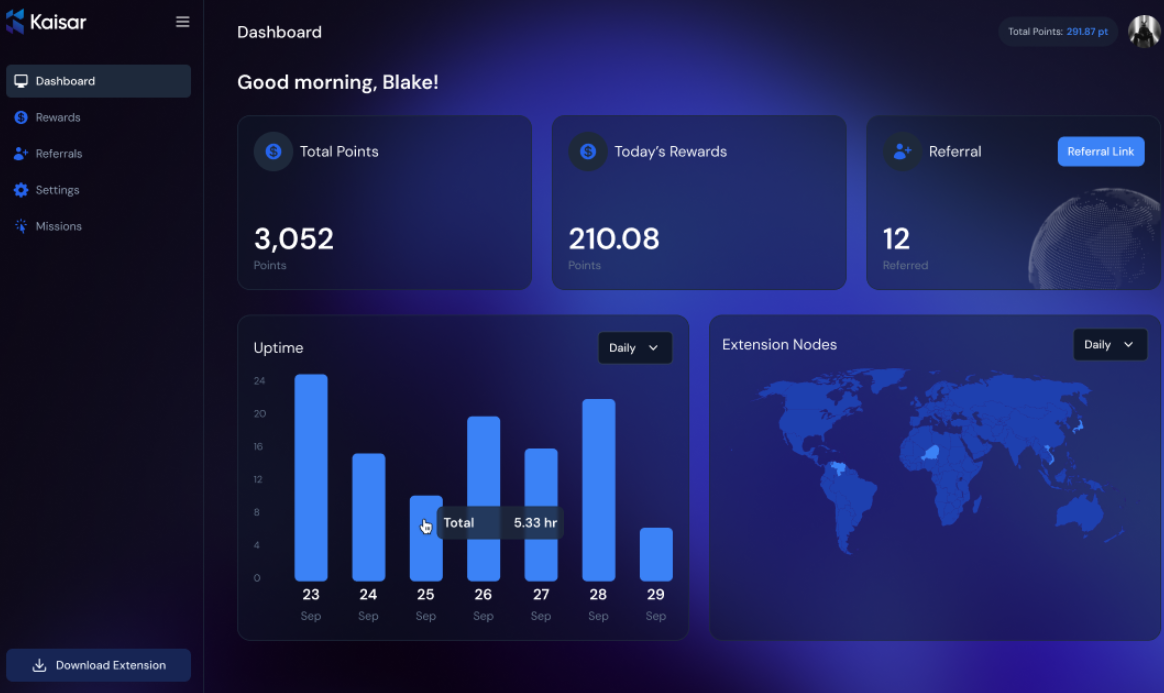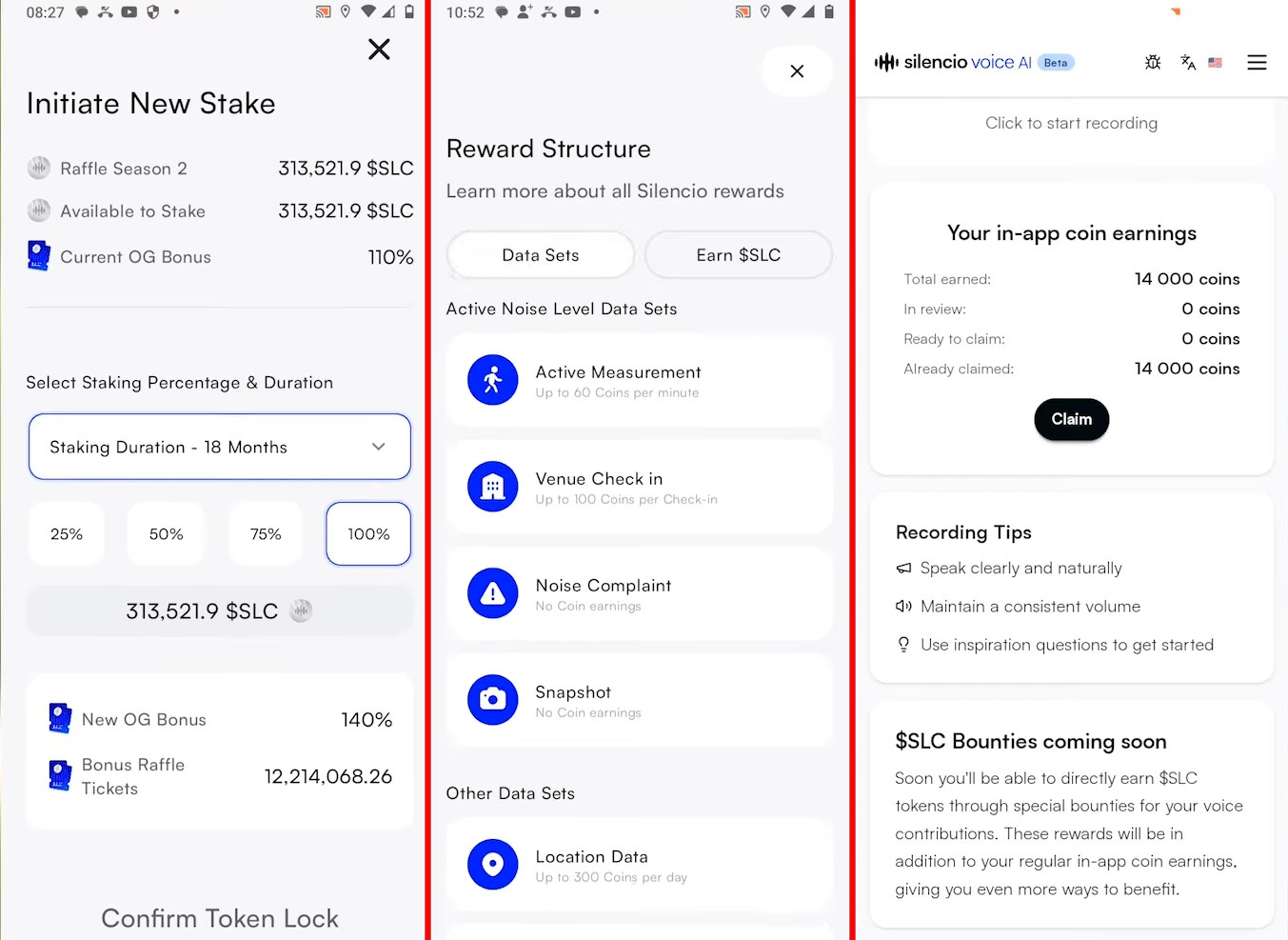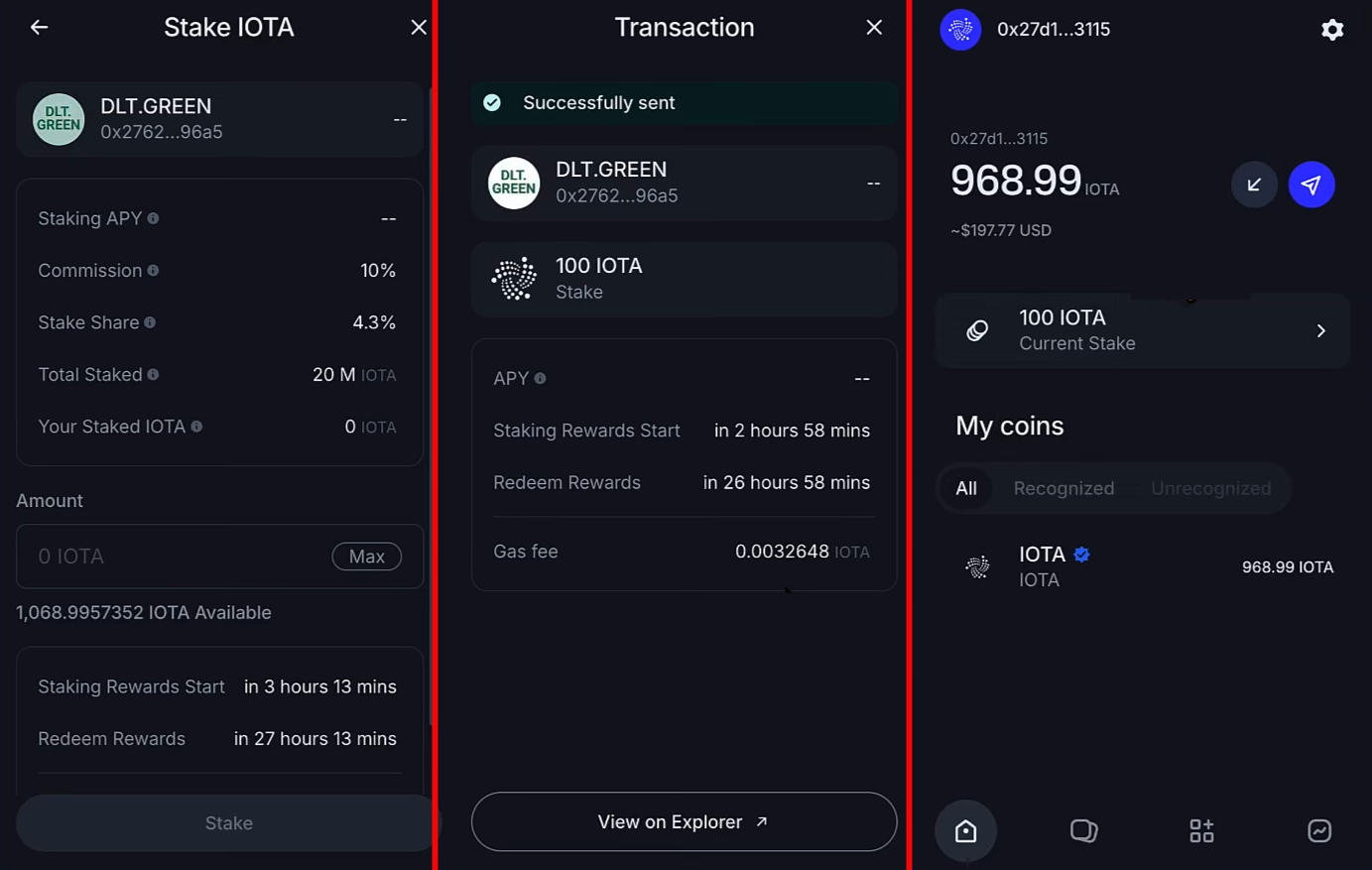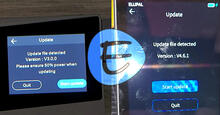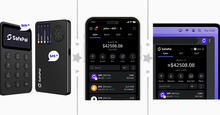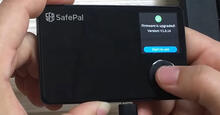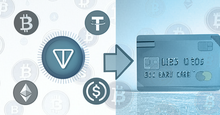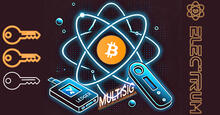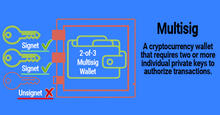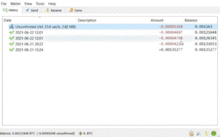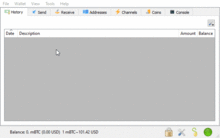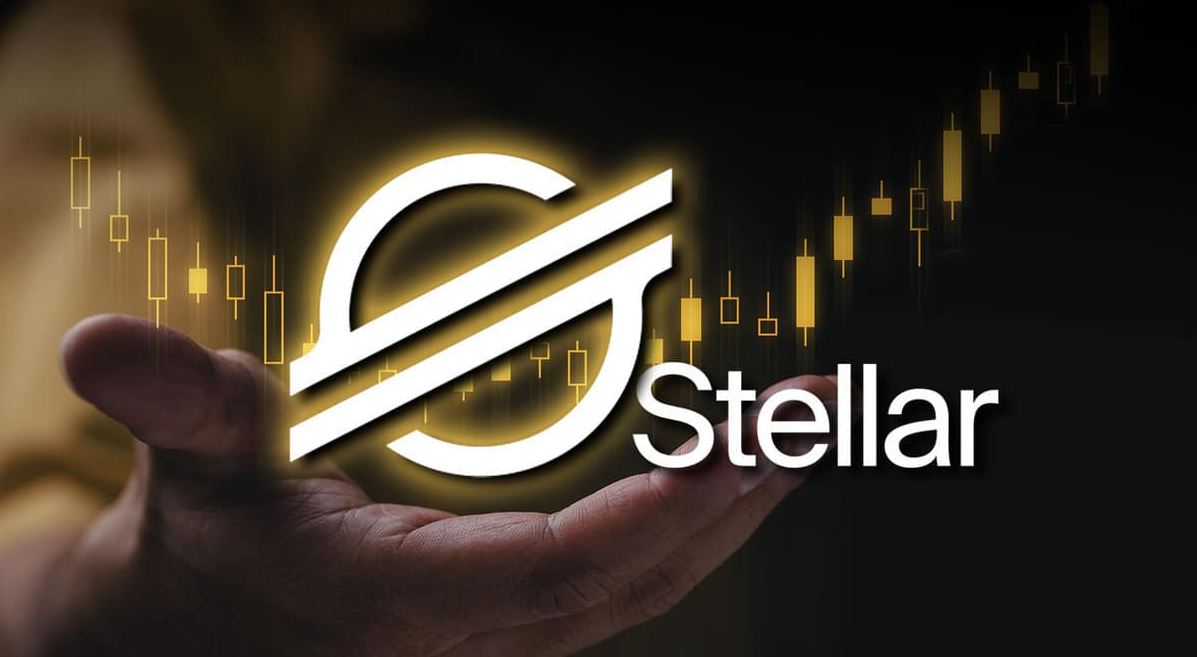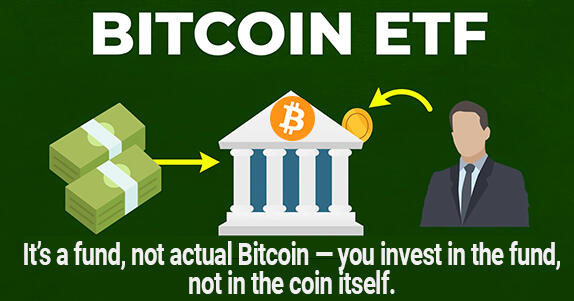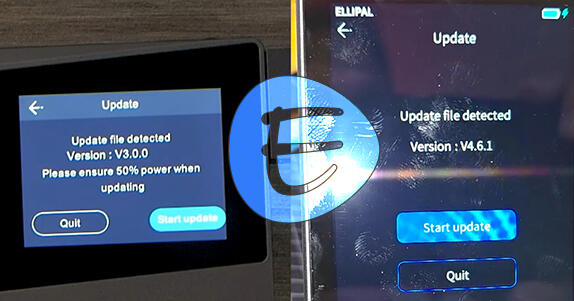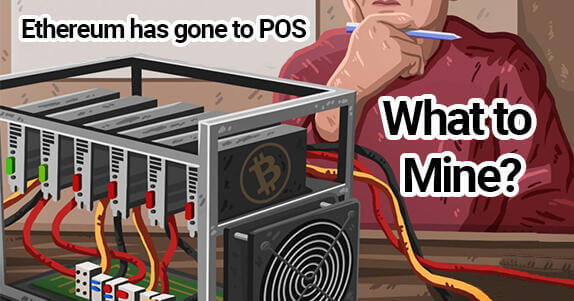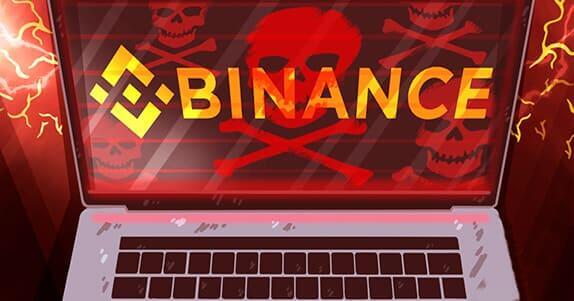How to choose the best DePIN projects - top 15 overview

In DePin, people create networks themselves, share traffic or capacity, and receive rewards in tokens from these projects.
First, this guide will help you fully understand DePin technology in 3 minutes.
Below, you'll learn how to earn tokens with your gadgets and devices. Let's take a look at the top 15 promising DePin projects.
Grass Network
Grass Network is a DePIN network where you share your unused home/office IP address and unused internet traffic. In return, you receive tokens.
To get started:
- Download the application or the Grass extension for Chrome/Edge
- Register at app.grass.io.
- Log into your account and keep the browser online to earn Grass Points.
To maximize your Grass earnings, install the extension on multiple browsers and keep them all open along with the desktop application.
Aethir (ATH)
Aethir addresses the shortage of computational power for AI training. While large data centers are busy with major orders, thousands of GPUs in offices and gaming PCs sit idle. Connect them to the Aethir network and receive payment for renting out your computing power.
To become a computing power provider, you need to apply on the website by filling out the form.
Aethir sits at the intersection of AI, DePIN, and tokenized infrastructure - three of the strongest narratives in the crypto industry.
However, the project faces significant risks, including stiff competition from both centralized data centers and similar DePIN projects.
BitTensor (TAO)
BitTensor is a decentralized machine learning network that rewards participants with TAO tokens, with a market capitalization of $3.32 billion and a token turnover of $8.7 million.
Requirements for launching a miner:
- Linux only (Windows not supported)
- Hardware: from CPU to powerful GPUs (from 8 GB VRAM)
- DevOps and Python knowledge required for setup and miner optimization.
In BitTensor mining, you provide machine learning services, competing with other miners within specialized subnets.
The entry barrier is extremely high due to the complex setup.
Your income will depend on many factors, primarily on hardware performance and the TAO exchange rate.
FileCoin (FIL)
Filecoin uses the FIL cryptocurrency to reward data storage and protection. The project decentralizes storage, reducing reliance on services like iCloud and Google Drive.
Data integrity is ensured through Proof-of-Replication and Proof-of-Spacetime, verifying that data is stored correctly on devices.
Filecoin has 2 types of storage: PDP for home PCs and PREP for data centers:
PDP allows you to provide a PC with the following requirements:
- Standard Ryzen 5/7/9,
- No graphics card required,
- 32–64 GB RAM,
- 1 TB NVMe,
- Just a good internet connection (100 Mbps).
As a result, Filecoin rewards its providers up to 600 FIL (200 FIL/month) for 3 months of participation in the Warp Speed program, provided you keep 2 nodes online with uptime above 99%.
The second type, PREP, is designed for colossal computational power - server-grade AMD EPYC processors, Nvidia Tesla graphics cards, hundreds of gigabytes of RAM, and tens of terabytes of NVMe storage for a constant stream of 32–64 GB files. This is not suitable for home users.
Helium (HNT)
Helium (HNT) is a decentralized wireless network (DePIN) that allows you to earn cryptocurrency by providing coverage for the Internet of Things (IoT) and 5G mobile internet.
Helium uses a unique consensus algorithm - Proof of Coverage (PoC), which verifies that the access points providing wireless network coverage are located where they claim to be.
HNT is the native token of Helium, rewarding users who participate in building and maintaining the network.
To earn network tokens, you need to purchase a modem and connect it to the network.
Coverage on the world map is currently strongest in the USA, Canada, and Taiwan, moderate in Europe and Southeast Asia. There are no spots yet in Russia and Kazakhstan. Thus, the network does not operate in all regions.
Theta Network (THETA)
Theta Network creates decentralized infrastructure for video delivery and cloud computing.
You can share your excess internet bandwidth and computational resources to help relay video streams. In return, you receive rewards in the native token TFUEL.
To earn TFUEL, you need to run an Edge Node. Here are the system requirements:
- Graphics Card: NVIDIA 3090, 4090, A100, H100 or similar (minimum 8 GB VRAM)
- CPU: Intel or AMD with 4 or more cores
- RAM: 16 GB or more
- Disk: At least 256 GB free space
- Internet: 100 Mbps upload and download
- OS: Ubuntu 22.04+ (recommended), Windows 10/11 (alpha support).
Download the client from the Theta website, install it, and ensure your graphics card is properly cooled. Set your GPU rental rate and receive TFUEL payouts monthly.
The Graph (GRT)
The Graph is a decentralized search engine for blockchain data. The platform structures information into subgraphs so dApps can easily find it.
The Graph is primarily used by developers to bring their ideas to life, whether it's a registry of crypto projects and DApps.
The GRT token is used to pay for services and maintain data integrity within this network.
Running your own node in The Graph allows you to index data and serve queries independently. To get started you need:
- Minimum 4 GB RAM
- 20 GB disk space
- Basic command line knowledge
- Git and Docker installed.
Render (RNDR)
Render is a P2P (Peer-to-Peer) network created for renting out unused GPU power to various projects and organizations.
RNDR is the utility token of the Render ecosystem, used to reward users for sharing unused GPU capacity to help others render their 3D creations.
To run a node, the general recommendations are as follows:
- NVIDIA® graphics card with CUDA support, at least 6 GB. More VRAM is key to higher performance in the network.
- Recommended minimum 32 GB system memory (RAM).
- Reliable network connection.
- 100 GB free SSD space is recommended.
You need to manually apply to become a validator and receive tokens.
Arweave (AR)
Arweave uses a network of miners who provide long-term data storage on the blockchain using Blockweave technology. Once data is written to Arweave, it cannot be altered or deleted.
In terms of DePIN, the project offers you to connect free disk space to the Permaweb and receive AR tokens for storing and providing data.
- Enterprise-grade SAS HDD 4+ TB with ~200 MB/s read speed. SSDs are not recommended.
- Powerful CPU (AMD Ryzen 9), from 32 GB RAM, SAS controller (LSI SAS-9300) in IT Mode.
- Node on Ubuntu 22.04. Stages of synchronization and data packing are mandatory.
Profitability depends on hardware power and network conditions. On average, about 660 blocks are mined daily with a total issuance of approximately 500 new AR tokens per day, distributed among miners proportionally to their contribution.
Ocean Protocol (OCEAN)
Ocean Protocol is not a DePIN project in the classical sense, like wireless networks. Its role is to create a decentralized compute network (Compute DePIN), where miners are the owners of computational power.
The Ocean Protocol Foundation distributes 5,000 $FET tokens weekly among node operators with the best uptime.
Requirements for launching an Ocean Protocol node:
- Server or PC with Linux (e.g., Ubuntu).
- Docker and Docker Compose.
- Public IP address and open ports for API (8000) and P2P (9000-9003).
- Blockchain wallet (e.g., MetaMask) with a private key for identification and payouts.
Kaisar Network (KAI)
Kaisar Network aggregates idle GPUs worldwide into a decentralized computational layer for AI, making it cheaper and more accessible than major cloud providers.
The platform operates on the Peak blockchain, where hardware providers receive KAI tokens and users rent capacity. Node verifiers control the quality.
Install the Zero Node extension and earn up to 300 points per day (600 with a Genesis NFT).
Silencio (SLC)
Silencio turns your smartphone into a sensor collecting real-time noise level data worldwide. The idea is to create a noise pollution map for urban planners, healthcare professionals, and businesses.
Silencio eliminates the need for expensive specialized equipment by using an app accessible to every smartphone owner.
Earn in-game noise coins by measuring noise levels. Each coin equals 1 ticket - the more tickets you collect, the more SLC tokens you receive.
Each coin = 1 ticket. Some users report that 1 million tickets yield about 250,000 SLC or approximately $64 per month, but this value can change.
IOTA (IOTA)
IOTA – aims to become the standard way of conducting transactions and microtransactions on Internet of Things (IoT) devices.
IOTA in DePIN offers zero-fee micropayments between devices and a ready-made toolkit (Tangle, WASP, Stronghold) for launching your own infrastructure networks without intermediaries.
Rewards are generated from staking IOTA.
BitTorrent (BTT)
BitTorrent has been around for quite some time, and few people realized that it is actually one of the very first DePIN crypto projects (as an ecosystem).
Essentially, it's a torrent protocol for distributed data transfer, used for sending files over the internet.
You can receive the BTT token for seeding files to other users after you have downloaded them yourself. The longer and more stable you seed, the more you can earn. For this, you need one of the latest versions of the μTorrent or BitTorrent Classic clients. In the program settings, you need to find and activate the BitTorrent Speed function.
However, feedback on this feature remains extremely negative.
Internet Computer Protocol (ICP)
Internet Computer is a blockchain network whose goal is to create a new decentralized internet.
The architecture of ICP consists of 4 layers:
- Communication between nodes.
- Message consensus and ordering.
- Message passing between smart contracts.
- Code execution on the WebAssembly virtual machine.
In terms of DePIN, the network provides computational resources hosted in independent data centers and managed by DAOs, for which operators receive rewards in ICP tokens.
The hardware requirements are quite high: an enterprise-grade server with 2 AMD EPYC processors, 512 GB of RAM, 5 NVMe drives totaling 32 TB, and a specialized network adapter.
The current intake of new node providers is paused until the need for further network expansion arises.
Q&A
Where do we find promising DePIN projects?
We use an approach combining data analysis with expert evaluation. The main evaluation criteria are token utility, time on the market, and real-world technology application.
Additionally, we analyze data from platforms like DepinHub and DepinScan to identify trends and new opportunities.
How large is the DePIN market?
According to data from DePIN Scan, the total market capitalization of the DePIN sector is estimated at $14.65 billion. The DePIN network unites over 41.8 million physical devices worldwide.
Does DePIN have a future?
Given its advantages, features, and constant development, DePIN has every chance to become the status quo for using blockchain technology in unrelated industries.
Conclusion and Critique
DePIN still faces challenges such as scalability, regulatory issues, and technical complexity.
However, despite the fact that widespread cryptocurrency adoption is challenging, the constant development and growing interest in this concept speak to its promising future.
Attention! DePIN projects offer rewards in their own tokens. However, their value can plummet, and the token itself can become illiquid. Therefore, it is extremely important not to blindly trust project promises and always conduct your own research (DYOR) before participating.
